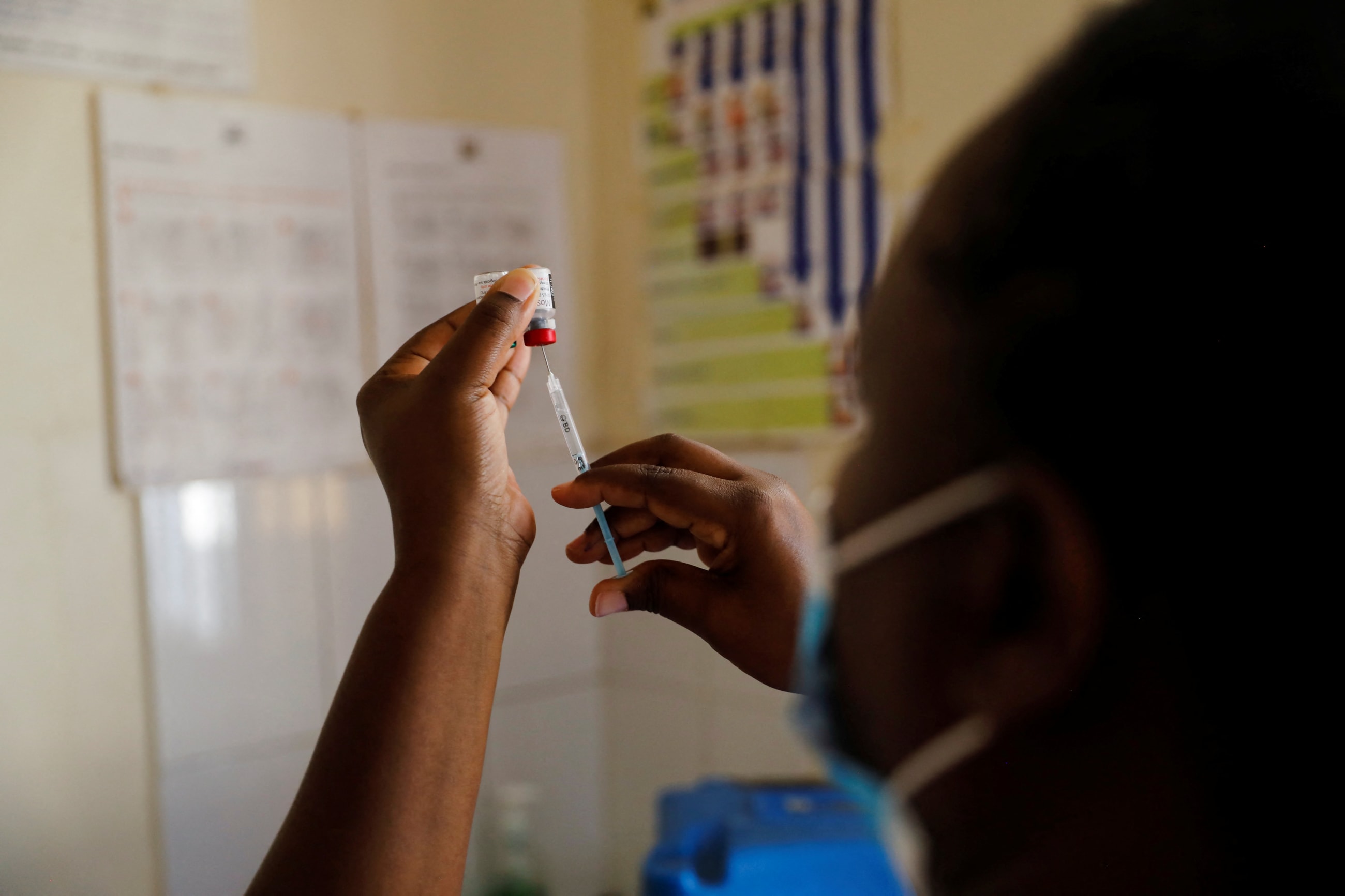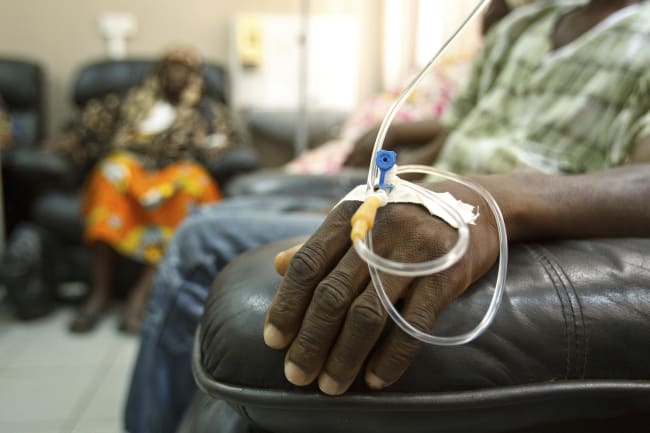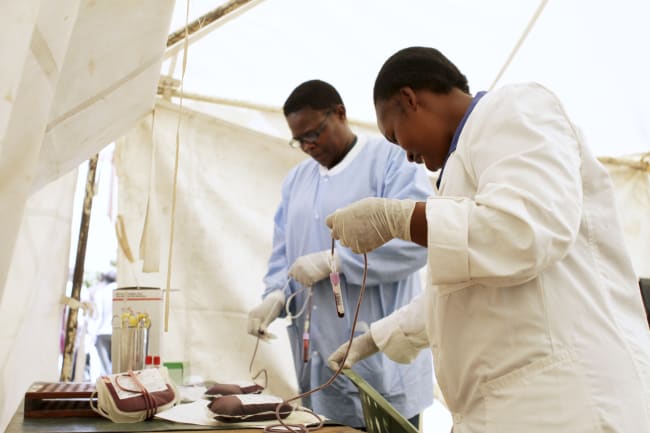Every year, the global health sector saves millions of lives from infectious diseases such as HIV, tuberculosis, and malaria with innovative medicines, diagnostics, and preventative tools. And every year, those same lifesaving health products emit millions of tons of carbon that put people's lives at risk.
Although the effects of climate change on people's health are undeniable, from pollution to heat waves to the rising spread of infectious disease, the impact the global health sector has on climate change and the climate-related risks to global health supply chains are less understood.
Attention to these issues is growing, however, which was quite apparent at the twenty-eighth Conference of the Parties (COP28)—the first COP to have a dedicated health day. Ahead of the conference and for the first time, a Unitaid study of ten leading health product categories examined those impacts and risks—and what societies can do about it.
From Milligrams to Megatons
It is ironic that a sector that strives to keep people well is also contributing to the problem and trailing in climate action, accounting for approximately 4.6 percent of global net carbon emissions—more than the global shipping industry. Concurrently, the tests, treatments, and tools health workers use every day are at risk from climate-related shocks such as disruptions to manufacturing sites or supply chains after extreme weather events, or changing rainfall patterns that affect the manufacturing plants for some medicines. Rising temperatures and heat waves can also cause medicines to degrade.
The health-care sector accounts for 4.6 percent of global net carbon emissions—more than the global shipping industry
The ten products included in the study—medicines for HIV, tuberculosis (TB), and malaria as well as mosquito nets to protect against malaria, diagnostics for TB, and oxygen equipment—were chosen because they are vital tools that also represent most product classes used in global health. The lessons learned from these products can thus be applied to other health product classes, extending the benefits of the Unitaid report beyond the ten product categories.
For each product, the study assessed the full set of climate and nature risks and impact. The assessment covered eight steps in the value chain; material acquisition to end-of-life and waste; six types of climate and nature impacts from carbon emissions to water pollution; and nine types of climate and nature related risks, such as flooding or extreme heat. Leading experts from twenty-three global health and climate organizations contributed to the report.
The first of three main findings showed how the absolute quantities of carbon emitted in the atmosphere from these ten supply chains is quite large—3.5 megatons each year, mainly through manufacturing, transport, and disposal.
For example, one daily dose of the dolutegravir-based regimen, the world's best-in-class antiretroviral therapy for people living with HIV, contains just 650 milligrams of the active pharmaceutical ingredient (API). This seems small. But after accounting for the tens of millions of people who take this treatment for years, the number grows to more than seven thousand metric tons of API per year. That massive weight itself consists of three distinct APIs, each requiring four to five sequential chemical reactions, with many inputs, solvents, and energy used at each step.
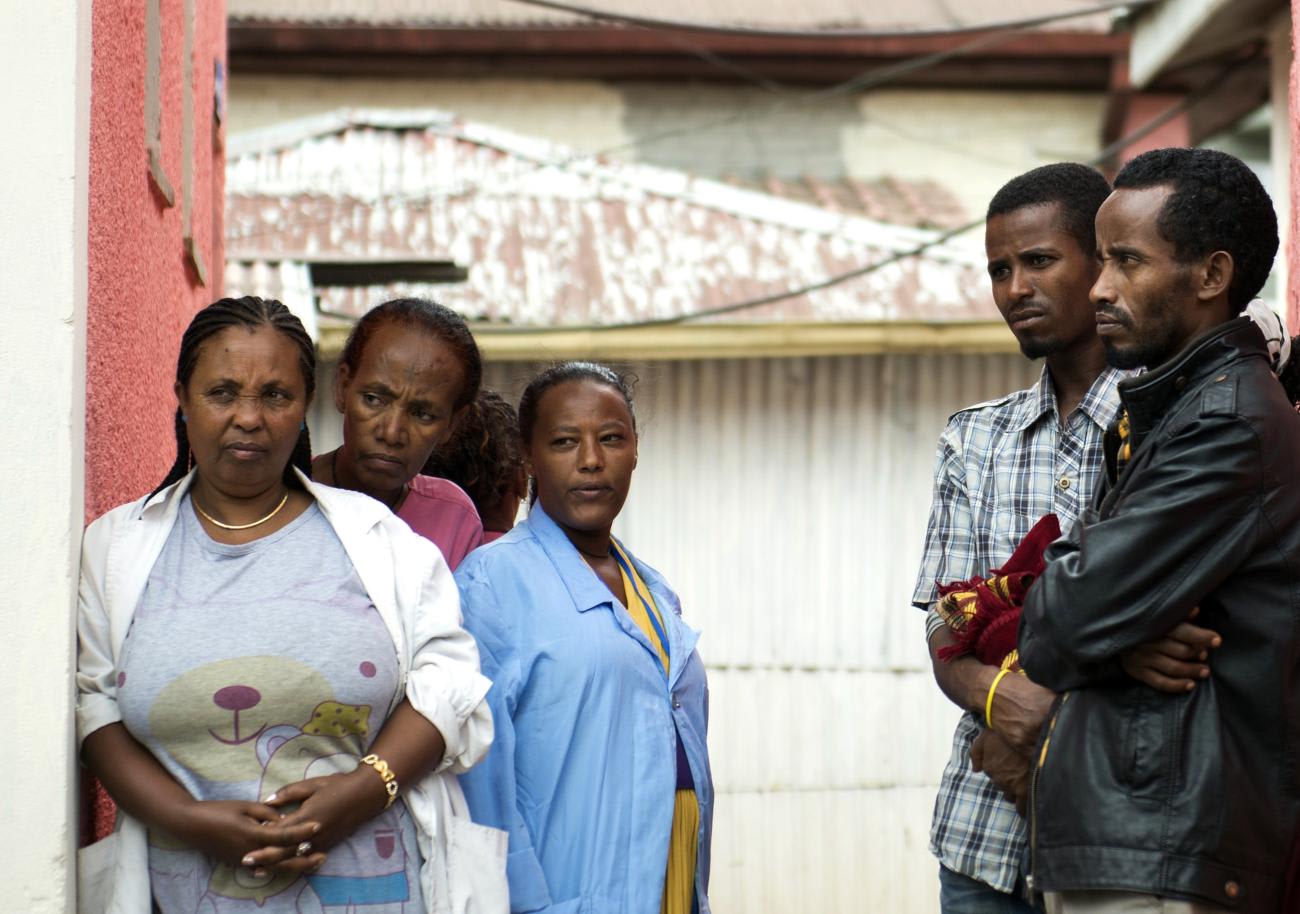
Because of this energy-intensive process, the production of every kilogram of an API emits 314 kilograms of carbon dioxide (CO2). Overall, when accounting for all sources of emissions, it appears that the 650 daily milligrams become 2.7 megatons of CO2 emissions annually. Put simply, this absolutely critical medicine contributes roughly the same emissions as the city of Geneva.
The second finding was that those ten product categories have serious consequences on nature, including the release of toxic chemical waste at the point of manufacturing and significant influences linked to waste at the point of use and disposal. For example, the new class of mosquito nets—one of the most effective and affordable tools used to protect families from malaria—is forecast to generate fifty-seven thousand tons of plastic waste every year by 2030. Without solutions in place for recycling, most of these nets are either discarded in unmanaged landfills or incinerated—polluting the air, soil, and water.
Third, the analysis found serious risks to the supply chain from climate-related shocks, putting access at risk. This facet is almost never analyzed but is critical. For example, the supply chain of artemisinin-based combination therapy, a vital antimalarial drug used by hundreds of millions of people every year, is exposed to multiple climate-related risks. The plant Artemisina annua, which produces one of the main ingredients of the medication, is sensitive to climate conditions. Most manufacturing sites are concentrated in two regions of India that are exposed to flood risks, and the final product degrades when exposed to high heat.
Shaping Solutions
Those findings may be surprising, but the solutions are not. The report outlines twenty technical solutions that could make these products more resilient to climate change while reducing emissions by up to 70 percent. Encouragingly, 40 percent of current CO2 emissions could be reduced without increasing the cost of production, so big changes could be made right away while maintaining affordability. It is encouraging that fully implementing "cost-neutral" solutions across these ten supply chains would get close to the Paris Agreement targets of reducing emissions by 43 percent by 2030.
40 percent of current CO2 emissions could be reduced without increasing the cost of production
Many of these solutions are well proven. Others are more innovative but nevertheless highly promising. Take the example of green chemistry, which refers to a wide range of innovations that can make chemical processes more sustainable. By applying such principles to several essential drugs used for tuberculosis treatment, researchers have been able to reduce raw material use by 55 to 66 percent and increase yields by 18 to 43 percent.
This kind of approach not only reduces CO2 emissions but can also lower hazardous waste and generate cost efficiencies—a clear win-win-win solution.
Ensuring Health Products are Fit for Purpose in a Changing Climate
The Unitaid report explores two critical and poorly understood facets of climate change when it comes to health products and their supply chains: their impact on the environment and their resilience to climate risks. But this is only part of the story.
Climate change exerts a profound impact on diseases, populations and local communities. For instance, malaria is now spreading to new regions, to new settings, and through new vectors. Stakeholders and societies will need to change, sometimes fundamentally, the types of health products they use and the ways these items are delivered, if progress is to be made toward better health and equity.
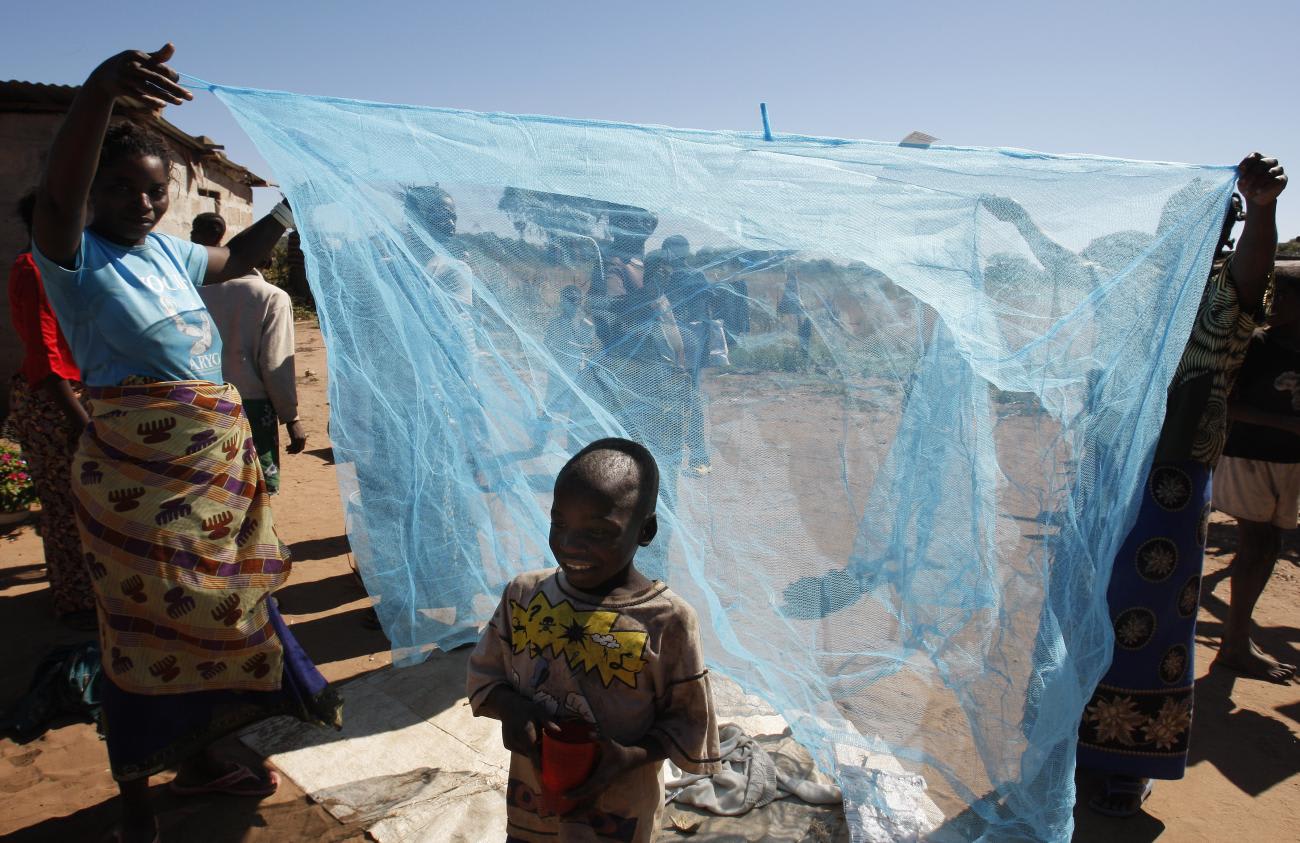
Unitaid works to introduce innovative health products in low- and middle-income countries. This year, our organization has decided to take proactive steps and put climate at the center of our thinking as we identify and support the health innovations of tomorrow. Our new Climate and Health Strategy calls for a move to climate-smart health products that are not harmful to the environment, are resilient, are responsive to climate change, and are locally adapted and regionally produced. It also commits the organization to reduce its own footprint, including from its portfolio of investments, in line with the Paris Agreement.
The world cannot look at climate change and global health challenges in siloes. Nor can it look at climate mitigation and adaptation in isolation from one another. Those issues are interconnected, and so interventions should be. Manufacturers, donors, countries, communities, and health organizations like Unitaid need to develop, make, fund, buy, and advocate for climate-smart health products.
Failing to do so will not only perpetuate the negative environmental impacts of health supply chains. It will also put some of the most critical health interventions at risk of becoming irrelevant or ineffective.

